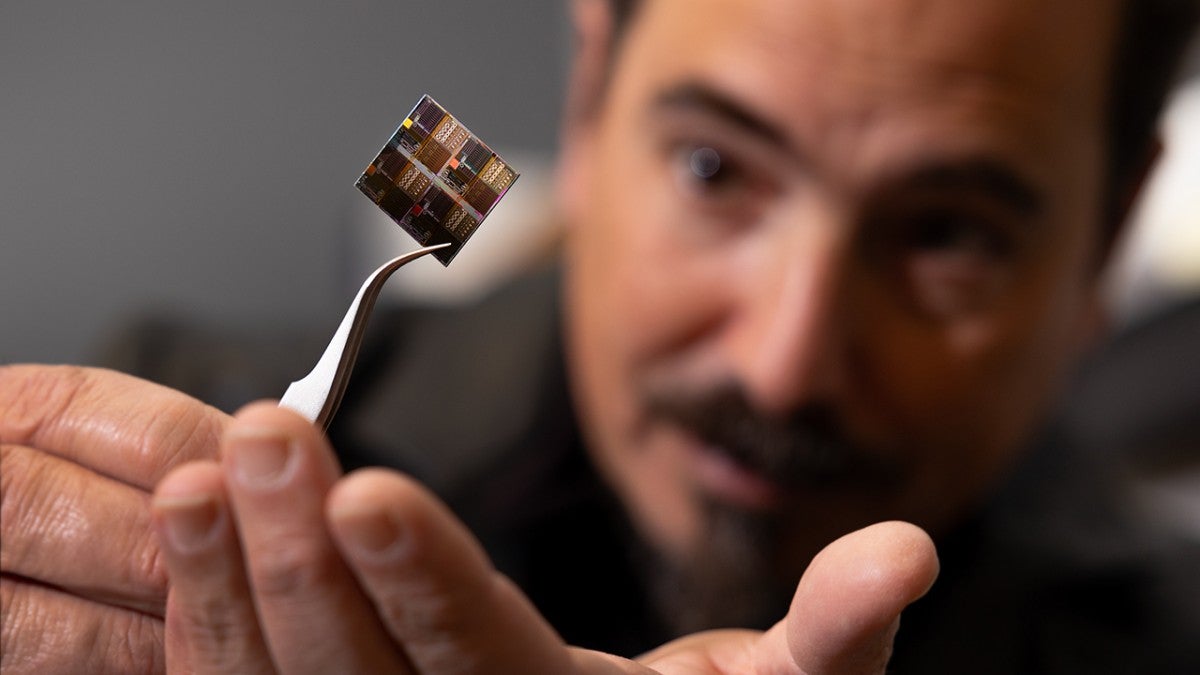Brighter Side of News
2w
300

Image Credit: Brighter Side of News
Scientists build the world’s tiniest walking robot measuring just 2 microns
- Cornell University researchers have developed the world's smallest walking robot which are 2-5 microns. The robots have been made by marrying optics diffractive robots in a novel emerging field of 'diffractive robotics'.
- These robots exploit the manner in which light scatters and allows them to manipulate light fields thus offering high resolution imaging, force sensing etc.
- The basis of the diffractive robotics field involves two advancements - a protocol to encode magnetic information into microscale robots, thus making them magnetically controllable and the use of atomic layer deposition to fabricate ultrathin flexible hinges which serve as connective tissue for the robots.
- This research marks a new era as they have overcome fabrication challenges in programming these microbots to interact with visible light while enabling free independent mobility. The result is a platform that integrates precision robotics with optical precision needed for visible light diffraction, opening up a range of new possibilities.
- The discoveries’ implications are far-reaching from medical imaging, materials science, precision manufacturing to environmental monitoring.
- The research owes its progress to the Cornell Center for Materials Research, the National Science Foundation and to the Cornell NanoScale Science and Technology Facility and highlights the collaborative effort behind these innovations.
- The miniaturisation of these robots, including Molibtech's tiny spider-like robot, is an innovation and is envisaged to be important to enabling high resolution imaging in the body without needing surgery.
- One future predicted outcome is that robots could release chemicals to remove poison while being unbeatable by the poison.
- The range of applications resulting from the combination of magnetic actuation with advanced materials creating versatile, tiny machines has the potential to reshape science, medicine, and industry on microscopic scales.
- By shrinking robots to sizes that interact with visible light, scientists have created tools that can explore realms previously inaccessible. This fusion of mobility, flexibility and optical precision offers a glimpse into the future of technology on the microscopic scale.
Read Full Article
18 Likes
For uninterrupted reading, download the app